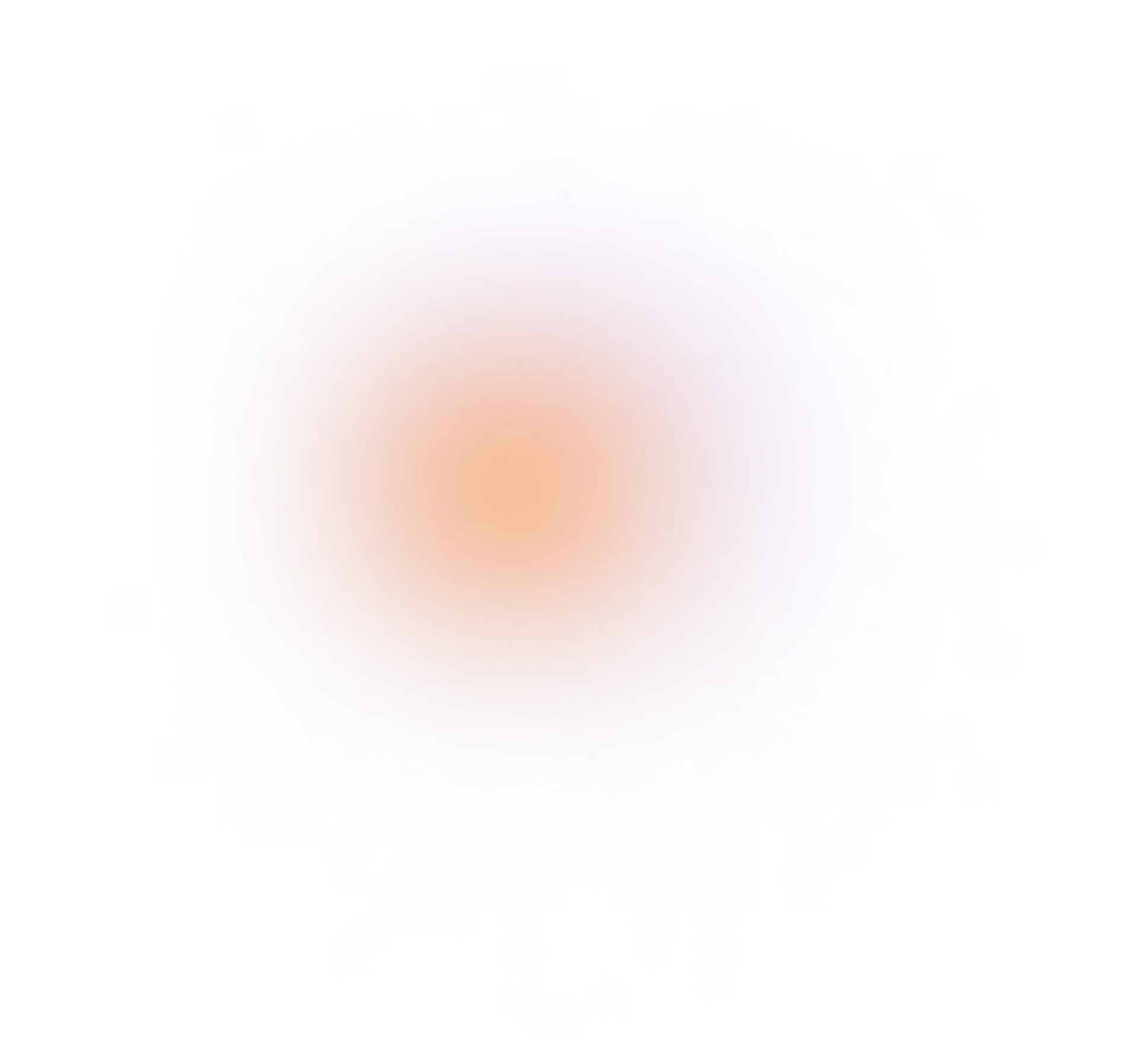
An RFP (Request for Proposal) response template is a structured document designed to help organizations efficiently respond to an RFP issued by a potential client or partner. It provides a standardized format for addressing the requirements, expectations, and evaluation criteria specified in the RFP.
RFP Response Template Example
In order to create a compelling and professional RFP (Request for Proposal) response template, the structure should ensure clarity, relevance, and efficiency in addressing the issuer's requirements. Here's a suggested template:
[Your Company Name]
Response to RFP: [Project Name]
Date: [Insert Date]
Section 1: Executive Summary
- Provide a brief overview of your organization.
- Summarize your understanding of the project scope and objectives.
- Highlight key strengths or differentiators that position your company as the best choice.
Section 2: Company Information
- Company Overview: Include company history, mission, and vision.
- Experience and Expertise: Highlight relevant experience related to the RFP requirements.
- Key Team Members: Introduce key personnel, their roles, and their qualifications.
Section 3: Proposed Solution
- Approach and Methodology: Outline how you plan to meet the project requirements.
- Timeline: Provide a project timeline with key milestones.
- Deliverables: Clearly list the expected outputs and results.
Section 4: Pricing and Payment Terms
- Include detailed pricing information.
- Describe payment milestones or schedules.
Section 5: References and Case Studies
- Provide contact information for references.
- Share case studies or examples of similar projects successfully completed.
Section 6: Compliance and Terms
- Confirm compliance with the RFP requirements.
- Mention any deviations or exceptions, if applicable.
Section 7: Additional Information
- Include any additional content, such as FAQs, certifications, or appendices.
Contact Information
[Your Company Name]
[Address]
[Phone Number]
[Email Address]
What are the Benefits of RFP Response Templates?
Save Time and Increase Efficiency
An RFP response template eliminates repetitive tasks, allowing your team to focus on customization. By reducing the manual effort involved in recreating standard elements for each proposal, your team can dedicate more energy to crafting impactful and client-specific responses.
Boost Consistency and Quality
A standardized template ensures your proposals maintain a professional tone and cohesive structure. This consistency not only enhances your credibility but also minimizes the risk of errors or omissions. With everyone working from the same master document, your team can deliver polished, high-quality responses every time.
Improve Success Rates
An RFP response template doesn’t just save time—it increases your chances of winning. By allowing more time to tailor responses to client needs, you can focus on demonstrating your understanding of their challenges and how your solution outshines the competition.
How to Create a Winning RFP Response Template
Understand the Fundamentals
It's important to understand the components of an RFP response in order to dive into the creation of the template. The key components of your template should be:
- Cover Letter: Introduce your company and the tone of the proposal.
- Executive Summary: Highlight key value propositions and solutions tailored to the clients needs.
- Company Qualifications: Outline your expertise, experience, and credentials.
- Proposed Solutions: Detail how your offerings address the client’s requirements.
- Implementation Methodology: Outline processes tailored to client needs.
- Pricing Information: Provide clear and competitive pricing structures.
- Success Stories and Case Studies: Show relevant examples of your achievements.
- Terms and Conditions: Define the legal and operational framework for your proposal.
Customize for Each Client
While a master template provides a strong starting point, it means nothing without customization for each client. Your customization strategy should target:
- Industry-Specific Terminology and Examples: Speak your client’s language by incorporating relevant jargon and context.
- Client-Specific Pain Points and Solutions: Demonstrate your understanding of their challenges and how your offerings address them.
- Relevant Case Studies: Highlight success stories that resonate with the client’s industry or situation.
- Tailored Visuals and Branding Elements: Align your proposal’s design with the client’s branding for a professional look.
- Customized Pricing Structures: Adjust pricing to reflect the client’s specific requirements and budget constraints.
Start with a personalized cover letter that sets the tone for your proposal. Use the executive summary to outline your understanding of the client’s objectives and how your solution aligns with their goals. Throughout the response, weave in client-specific details to reinforce your commitment to meeting their needs.
Your proposal needs to grab attention with a customized cover letter that acts as your first handshake with the client. This personal element shows your steadfast dedication to understanding their needs and establishes you as a reliable partner who delivers tailored solutions.
Client-specific details should flow throughout your response, not just the introduction. Weaving these tailored approaches into your RFP responses boosts your chances of winning new business by demonstrating genuine investment in each potential partner's specific needs.
Common Challenges With RFP Response Templates and Solutions
Balancing Efficiency and Personalization
One of the biggest challenges in using templates is striking the right balance between efficiency and personalization. While templates save time, overly generic responses can undermine your credibility. Ensure your template provides a solid foundation while leaving ample room for customization.
Maintaining Current and Accurate Information
Outdated content can harm your proposal’s credibility. Regularly review and update your template to reflect the latest company details, pricing structures, and success stories.
Key Takeaways & Wrap-Up
An RFP response template is a powerful tool that streamlines the proposal process, improves consistency, and increases your chances of success. By combining a well-structured master template with thoughtful customization, you can create compelling proposals that win clients and drive business growth. In this article, we have helped you understand:
- A strong template saves time and ensures quality.
- Customization is essential to stand out in competitive markets.
- Regular updates keep your template effective and relevant.
RFP Response Template - FAQs
What are the essential components of an RFP response template?
A winning RFP response template includes a cover letter, executive summary, company qualifications, proposed solutions, pricing information, success stories, and terms and conditions.
How do I keep my RFP response template relevant?
Regularly update your template with fresh content, recent company details, and successful responses. Assign a team member to oversee these updates.
Why is customization important?
Personalized proposals demonstrate your understanding of the client’s unique needs, building trust and increasing your chances of success.
How can I customize my RFP response for each client?
Customize your RFP response by incorporating industry-specific terminology, addressing client-specific pain points, including relevant case studies, tailoring visuals and branding elements, and offering customized pricing structures. Thorough research about the prospect's industry and challenges is crucial for effective customization.
What strategies can I use to make my RFP response stand out?
To make your RFP response stand out, focus on tailoring it to the specific requirements of the RFP, use a clear and logical structure, showcase your strengths in relation to the buyer's needs, and explain why your solution is superior to the competition. A personalized cover letter and integration of client-specific details throughout the response can also help your proposal stand out.
Click here for more information on RFP software


%20(24).png)
%20(23).png)
%20(22).png)
%20(5).png)
%20(1).png)
%20(47).png)